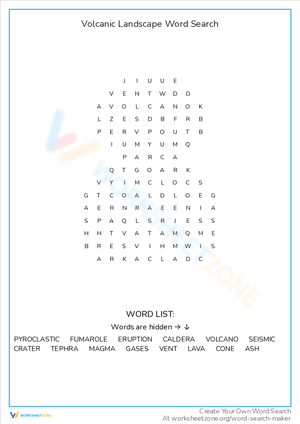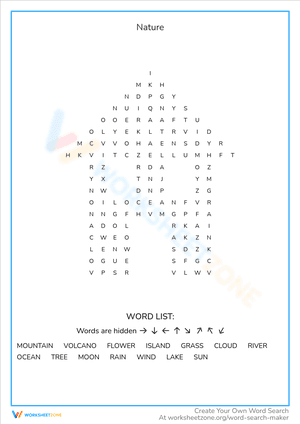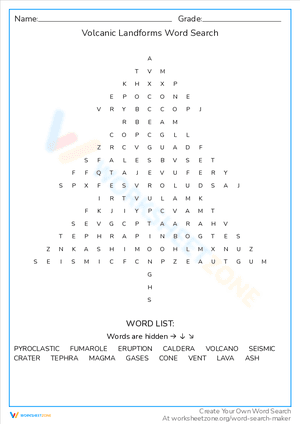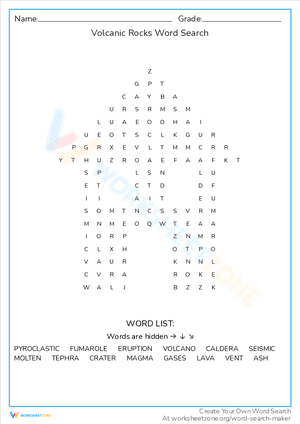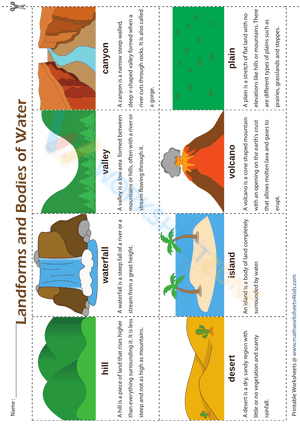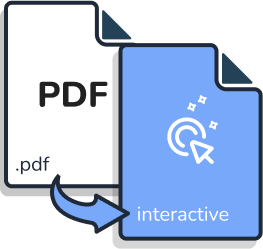Land makes up one-fourth of the planet's surface. A landform is any naturally occurring physical feature of the Earth's surface. There are many different ways to categorize landforms, but one of the more popular ones is based on position and formation. Tectonic plate shifts and movements result in the formation of slopes. They create "hill-like" conditions. Hills, cliffs, plains, and valleys are examples of common slope landforms. Coastal and Oceanic landforms form near seas and oceans. Common forms include coasts, coves, deltas, lagoons, capes, and peninsulas. Fluvial is a kind of landform related to flowing water. Beaches, gullies, islands, marshes, oases, rivers, streams, and swamps are common forms. Fjords, glaciers, mountain ranges, and summits are all examples of mountains and glaciers. Additionally, there are landforms that have a connection to volcanic activity; these are referred to as volcanic landforms. Geysers, mesas, and calderas are some examples of volcanic landforms.
The landforms that exist today are different from those that existed millions of years ago. The way that these structures are shaped over time is greatly influenced by plate shifts, erosion, and weathering. Landforms include lakes, rivers, and even oceans, these are shaped by the ground underneath them. Just under three-quarters of the Earth is the ocean. These landforms worksheets will assist students in learning about a variety of diverse terrains seen around the world. Students will also explore commonplace land features like plains and hills that they typically take for granted. Our landforms worksheets collections, which include a reading passage related to the subject, multiple choice questions, and free response questions, cover every aspect of this idea. All these science worksheets are available on this website, come and download it.
